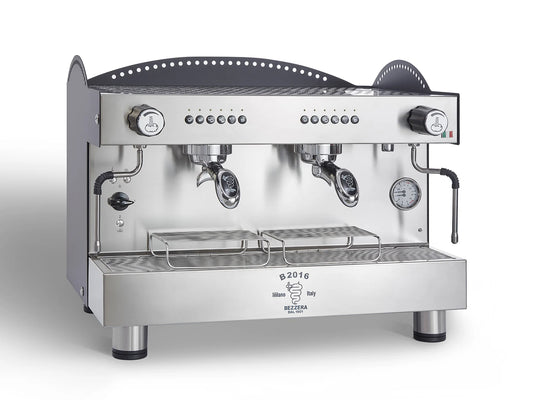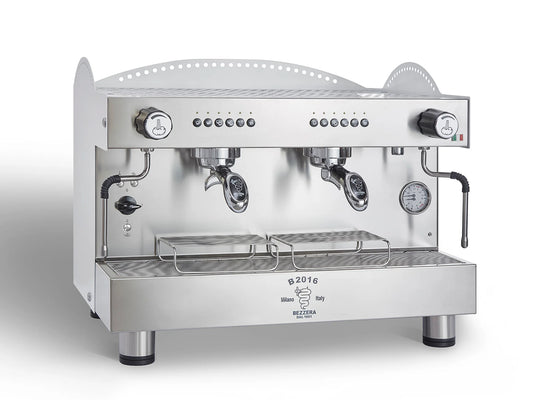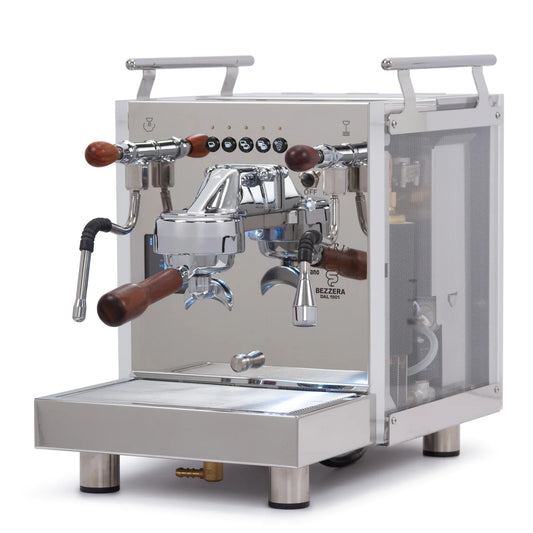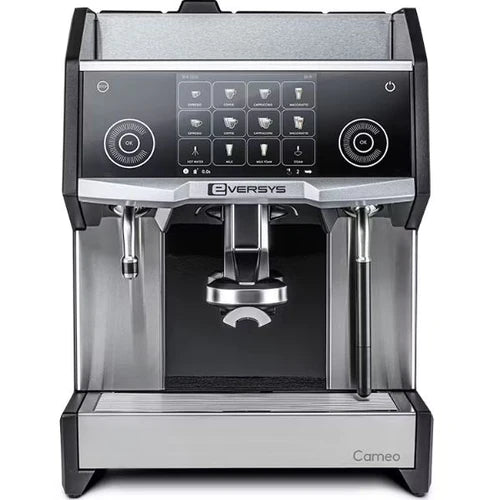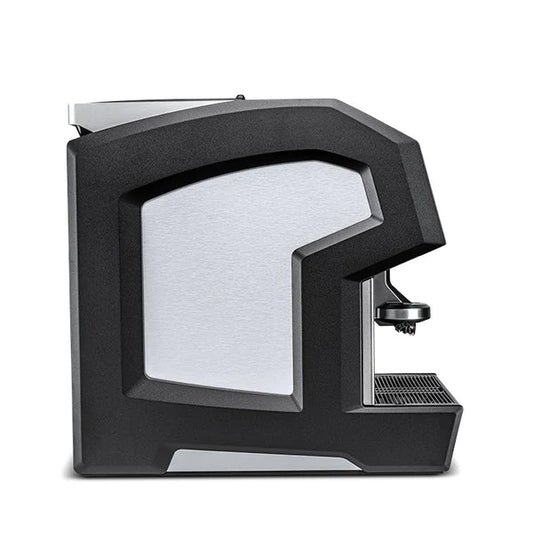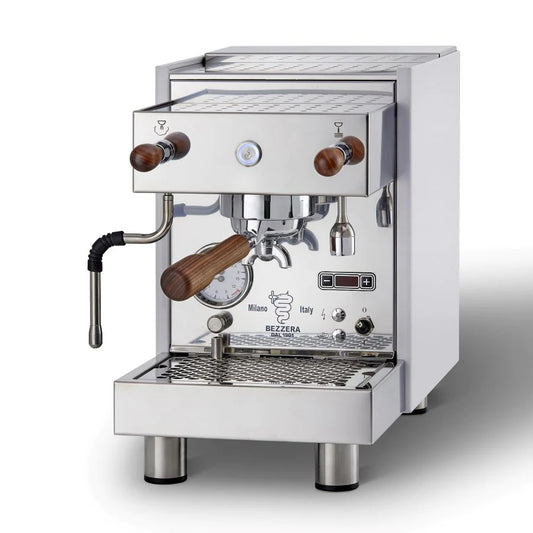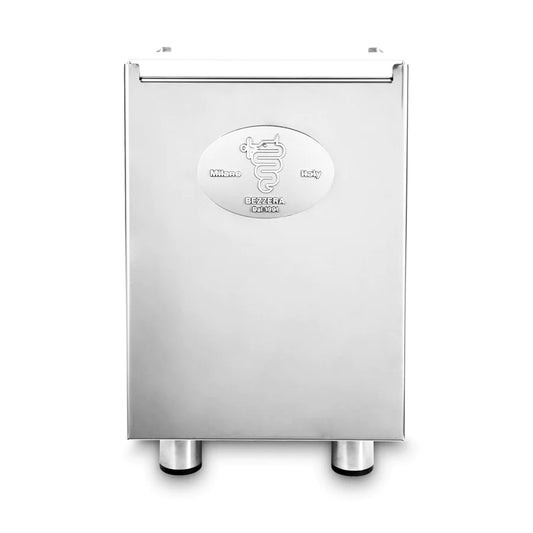Mastering the Art of Coffee Brewing: The Golden Ratio and Beyond
Table of Contents
- Key Highlights:
- Introduction
- What is the Golden Ratio?
- Other Factors Influencing the Brewing Process
- Best Practices for Achieving Coffee Perfection
- FAQ
Key Highlights:
- The Golden Ratio for brewing coffee suggests a balance of 15 to 20 parts water to 1 part coffee for optimal flavor.
- Key factors influencing coffee quality include grind size, water temperature, agitation, and filter type.
- Consistency in coffee-making methods and quality of beans are critical for achieving a superior cup of coffee.
Introduction
For many, coffee is more than just a morning ritual; it is a vital source of energy and comfort that kick-starts the day. However, the quality of coffee can dramatically vary based on brewing techniques and proportions. If your coffee is often too bitter, too weak, or inconsistently flavorful, it may be time to revisit your brewing methods. The concept of the Golden Ratio—a guideline for the optimal balance of water to coffee—serves as a valuable starting point for enhancing your coffee experience. This article delves into the nuances of coffee brewing, drawing insights from industry experts to help coffee lovers refine their craft and enjoy a consistently delightful cup.
What is the Golden Ratio?
The Golden Ratio refers to an ideal framework for the proportions of water and ground coffee when brewing. According to the Specialty Coffee Association (SCA), the recommended ratio ranges from 15 to 1 to 20 to 1, meaning that for every 1 ounce of coffee, you should use between 15 to 20 ounces of water. This ratio forms the foundation for a well-balanced and flavorful cup of coffee.
Understanding the Weight Ratio
It's crucial to note that the Golden Ratio is based on weight rather than volume. Using a coffee scoop without precise measurement can lead to misleading results due to variances in grind size and density. Thus, weighing the coffee grounds will yield a more consistent and flavorful brew. For example, while a tablespoon may contain varying amounts depending on the grind, a precise weight measurement enables more reliable and repeatable results.
Ideal Starting Points
For an ideal brewing experience, many professionals advocate starting with a 16 to 1 ratio, striking a balance that showcases the coffee's rich flavors without overwhelming acidity or bitterness. If you're looking for a lighter brew, you might explore a 17 or 18 to 1 ratio, while those who savor a bolder flavor can opt for a stronger 15 to 1 ratio.
Other Factors Influencing the Brewing Process
While the Golden Ratio serves as a valuable guideline, several other factors significantly affect the coffee's final taste.
Grind Size
The grind size of coffee beans plays a pivotal role in extraction. Different brewing methods require specific grind sizes for optimal results. For instance, a French press typically requires coarser grounds, comparable to sea salt, to facilitate proper extraction over an extended steeping period. Conversely, pour-over methods commonly benefit from a finer grind to increase surface area during brewing, allowing for a more nuanced flavor profile.
Water Temperature
Temperature is another critical factor in coffee brewing. According to experts, the optimal water temperature for brewing should range from 195°F to 205°F. Brewing at temperatures too high can lead to over-extraction and a burnt taste, while lower temperatures can result in under-extraction and a lack of flavor. The monitoring of water temperature, particularly in manual brewing methods such as pour-over or French press, is essential for achieving optimal brewing results.
Agitation
Agitation, or the movement of coffee grounds during brewing, also contributes to flavor extraction. Standard drip coffee machines often limit agitation, which can affect the complexity of the brew. In contrast, methods like the French press or pour-over allow for increased agitation, facilitating a more robust flavor extraction. When using a pour-over method, gently swirling the coffee grounds can enhance extraction, resulting in a more flavorful cup.
Filter Type
The type of filter used when brewing coffee can significantly impact flavor and texture. Different materials provide varying levels of filtration. For instance, metal filters allow for the passage of both soluble and insoluble compounds, leading to a cup with more body and oils. Conversely, paper filters eliminate insolubles, resulting in a cleaner, crisper cup of coffee. Your choice of filter should reflect your taste preference, as neither option is definitively superior to the other.
Best Practices for Achieving Coffee Perfection
To utilize the Golden Ratio effectively and elevate your coffee brewing to new heights, consider the following practices suggested by industry experts.
Precision Measurement
To master the Golden Ratio, weigh your coffee grounds with a kitchen scale. Many coffee enthusiasts and professionals use this practice to ensure accuracy in ratios, from the coffee grounds to water. A consistent measurement method promotes repeatability, essential for refining your brewing approach over time. Should a scale be unavailable, experimenting with volume measurements can suffice; however, it may lack the precision necessary for optimal results.
Quality of Coffee Beans
The starting point for any exceptional coffee is the quality of the beans. Fresh, high-quality coffee beans enhance flavor complexity and overall enjoyment. When possible, obtain beans from local roasters and select varieties based on your taste preference, whether you prefer bright acidity in lighter roasts or richer, fruitier notes in darker blends.
Investing in a Quality Grinder
A good coffee grinder is arguably the most influential device in the quest for superior coffee. Opting for a burr grinder is essential, as it produces uniformly sized grounds, thus facilitating an even extraction process. Grinding your beans fresh before brewing will also produce noticeable improvements in flavor and aroma. If you’re currently using pre-ground coffee, transitioning to whole beans and grinding them yourself can yield a fresher, more aromatic cup.
Ensuring Consistency
In the end, consistency is perhaps the most crucial aspect of brewing great coffee. Choose methods and materials that fit seamlessly into your daily routine, as overly complicated processes may lead to frustration and inconsistency. Experiment with your brewing techniques—whether it be varying the coffee ratio, trying different beans, or utilizing specific equipment—until you identify a consistent routine that delivers your desired flavor.
FAQ
What is the Golden Ratio in coffee brewing? The Golden Ratio refers to the ideal balance of coffee to water for brewing coffee, typically ranging from 15 to 20 parts water for every 1 part coffee by weight.
Does grind size matter for the Golden Ratio? Yes, grind size significantly affects extraction. Different brewing methods require specific grind sizes for optimal flavor. It’s essential to match the grind size with the brewing method being used.
What temperature is best for brewing coffee? The optimal brewing temperature for coffee is between 195°F and 205°F. This range maximizes flavor extraction and avoids burning the coffee.
How does the type of filter affect my coffee? Different filters impact the final cup's flavor and texture. Metal filters allow oils and fine particles to pass, resulting in a fuller body, while paper filters tend to create a cleaner, lighter cup.
How can I ensure consistency in my coffee brewing? Utilizing precise measurement tools, investing in quality coffee beans and equipment, and choosing a brewing method that fits your lifestyle are all integral to achieving consistent results.

